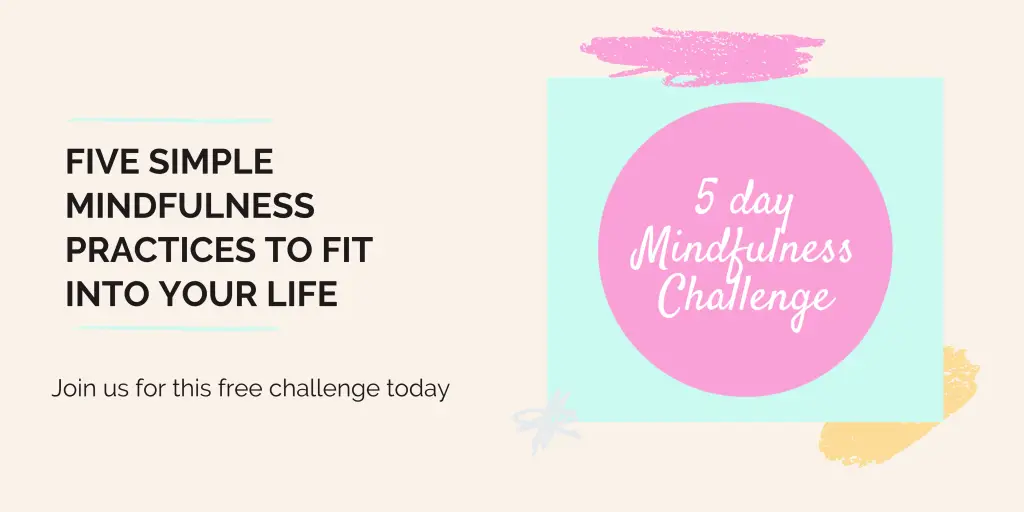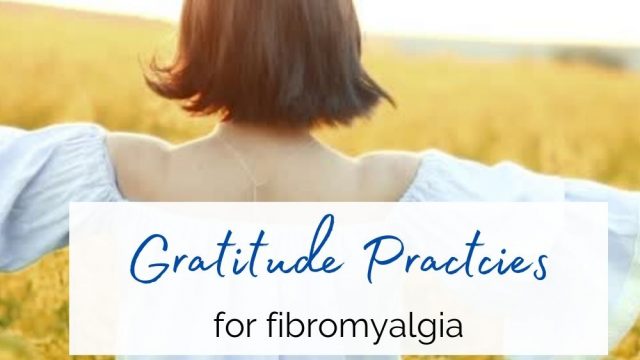A gratitude practice is a simple mindfulness habit we can start today and can produce many benefits.
It is not about being positive for the sake of being positive. It’s about changing our focus and trying to find the positive in our life.
We are not talking about cures or magically transforming into a beacon of acceptance and positivity.
But we ARE talking about looking at what we do have to be thankful for and reaping the benefits of the outcomes of such an easy practice.

This post will look at research, benefits, how to get started and some tips.
Research shows “that simply keeping a gratitude journal—regularly writing brief reflections on moments for which we’re thankful—can significantly increase well‑being and life satisfaction.”
“We’ve studied more than one thousand people, from ages eight to 80, and found that people who practice gratitude consistently report a host of benefits:
Physical
Stronger immune systems
Less bothered by aches and pains
Lower blood pressure
Exercise more and take better care of their health
Sleep longer and feel more refreshed upon waking.”
Why Gratitude is Good
When you know you’ve got to write your list each day you start to pay attention throughout the day.
Maybe you even start to reframe things.
Your language and actions adjust.
What if you combined your gratitude with your meditation practice?
When you set your intention in Yoga Nidra try something like:
“I am aware of the blessings in my life.”
“I seek things to be grateful for each day.”
“I pay attention to the beauty around me.”
There is a Yoga Nidra guided meditation specifically for gratitude that you can purchase, download and use whenever you need.

How to perform your practice
There are several options for how to practice gratitude. But I suggest physically writing it down.
This article states that: “Researchers say that the unique, complex, spatial and tactile information associated with writing by hand on physical paper is likely what leads to improved memory.”
As someone with brain fog and memory issues, I want every chance I can get to remember my precious memories. Especially the ones that involve my children.
See this post about six easy practices for busy people.
A simple journal practice – where you write it in a specific formula. For example, a list of three or five things for which you are grateful. Or a paragraph or two writing what you are grateful for from that day as a narrative.
Freewriting – maintain a journal for simply writing or drawing what suits – with the intention of gratitude. Perhaps some days you want to write freely, others you want a structured list of five and on others you may feel called to doodle.

Specific templates – you can follow specific templates. Whether it’s templated journals or worksheets. I have created a few and seen many options around.
I created this worksheet that you can purchase, download and print right now.
Meditation – there are many gratitude based guided meditations. Or you could simply sit quietly, perhaps after some deep breathing, and focus on what you are grateful for.
By expressing gratitude to and for the people in your life. You could make a habit of telling your favourite people (perhaps by rotation) what you’re most grateful for about them, write a letter or do a practice together.
This article discusses, “A new study suggests that couples who express gratitude are more satisfied with their relationship.” So you can get even more bang for your buck with your practice!
It can be really difficult at times to find things to be grateful for. Especially amidst unrelenting pain and fatigue. Some days your practice might be, “I survived”. And that’s OK.

Tips for your gratitude practice
Get specific – try to dig a little deeper than just throwing down, “I’m grateful for my husband.” Why? What exactly am I thankful for?
Be regular – make it a habit, when you first get up? On the bus? Right before bed? Set reminders on your phone.
Keep it brief – don’t make it a big performance or you’re less likely to do it regularly.
Share it- either formally, commit to practice with your partner/friend/sibling/child etc. Or simply make am effort to notice and tell the people in your life what you’re thankful for and particularly what you are thankful for from them.
A way to really maximise your gratitude is to relive it. Try to visualise the exact situation or thing you’re grateful for. As people with brain fog we can struggle with memory (as noted above). So reminding ourselves of what we were thankful to have experienced that day could help us recall the memory better. It also makes us happier in the moment.
My Experience with Gratitude for Fibromyalgia
I have tried the prescriptive journals, worksheets, meditations – all of the options. And the only thing that is consistent in my practice is that I am consistent. My practice changes with my season of life. But the practice itself remains.
Most recently I have been writing down all of the things I am grateful for that day in relation to each child. I take the time to write down something I am so glad I got to experience and then take the time to visualise it.
It makes me smile as I am recalling it and writing it down. But my hope is that it will get more sticky in my brain. The brain fog and memory issues is not an easy symptom to combat. So I will take any tool at my disposal.
Have you tried gratitude practices before? What is your favourite?



I have an Emily Ley planner and on Sundays there’s a space to write “a happy memory for the week.” I remember to do that sometimes, and when I do it always puts a smile on my face. I love the idea of keeping a gratitude journal that pertains to each kid. My only one can drive me bonkers as much as I love him, so I think I might give that a go.
And yes, some days I am glad to have just survived with the pain. So thankful right now I’m in a season of feeling good, though. Now off to go write that down.